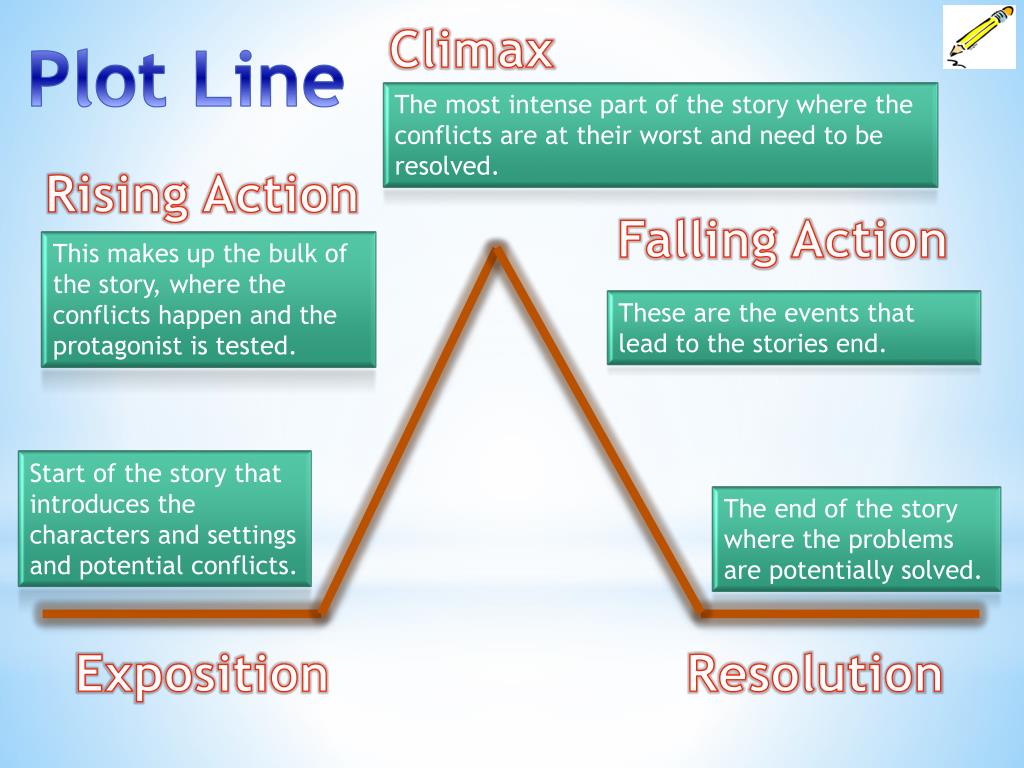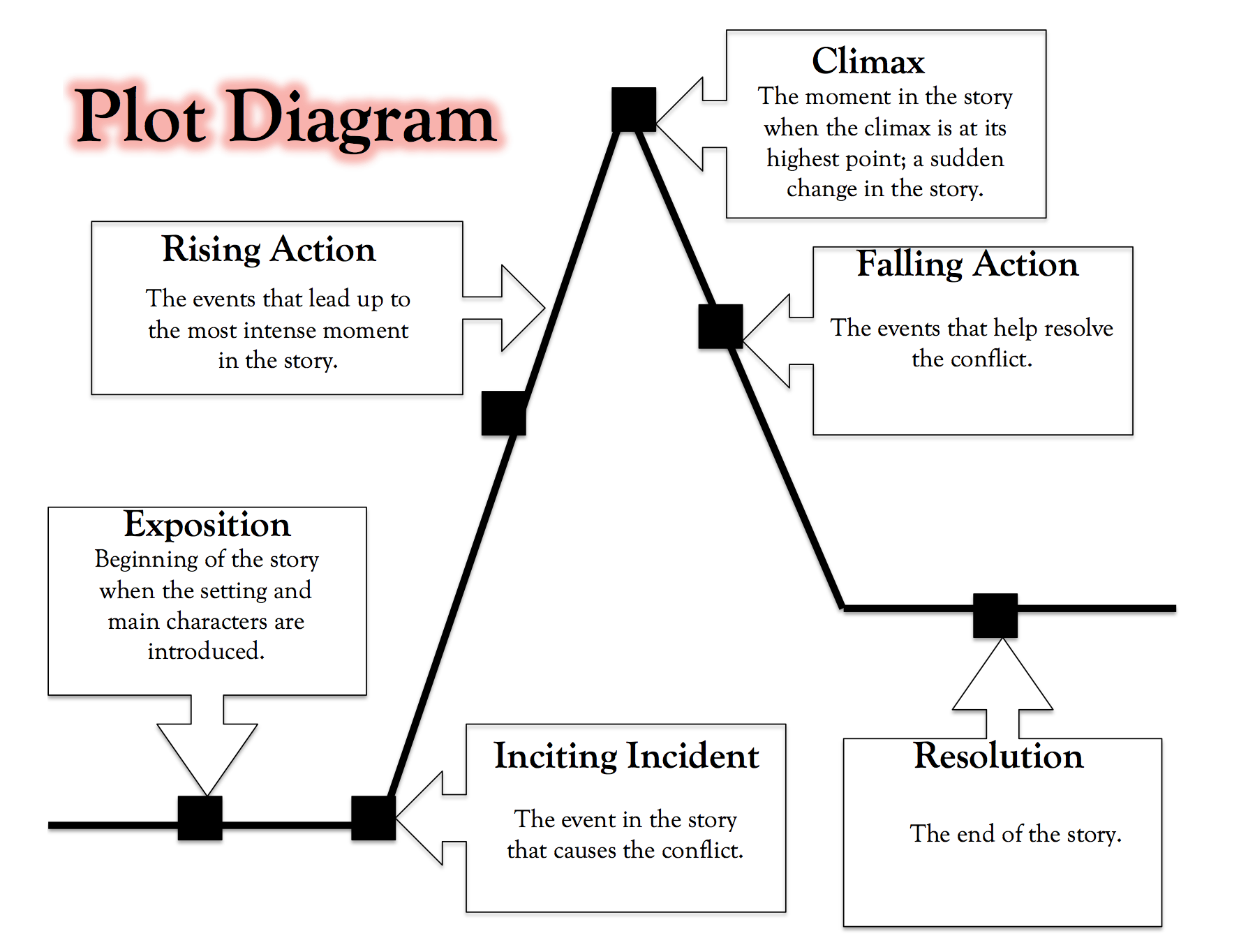

Total running time of the script: ( 0 minutes 4.Spice 3 consists of a simulator and a front-end for data analysis and plotting. It is also possible to add your own scale, see matplotlib.scale for

grid ( True ) # Adjust the subplot layout, because the logit one may take more space # than usual, due to y-tick labels like "1 - 10^" plt. yscale ( 'symlog', linthresh = 0.01 ) plt. arange ( len ( y )) # plot with various axes scales plt. seed ( 19680801 ) # make up some data in the open interval (0, 1) y = np. # Fixing random state for reproducibility np. The argument xy and the location of the text xytext. Two points to consider: the location being annotated represented by Text is to annotate some feature of the plot, and theįunctionality to make annotations easy. Place text at an arbitrary position on the Axes. The uses of the basic text function above Postscript - see Text rendering with LaTeX. Incorporate the output directly into your display figures or saved For those who have LaTeXĪnd dvipng installed, you can also use LaTeX to format your text and Platforms without requiring a TeX installation. Thus, you can use mathematical text across Layout engine, and ships its own math fonts - for details see matplotlib has a built-in TeX expression parser and That the string is a raw string and not to treat backslashes as The r preceding the title string is important - it signifies Text in the indicated locations (see Text in Matplotlib Plots for a Text can be used to add text in an arbitrary location, and Maintains internal references until close The figure appears on the screen, is not enough, because pyplot Released until the figure is explicitly closed withįigure, and/or using the window manager to kill the window in which

More thing: the memory required for a figure is not completely If you are making lots of figures, you need to be aware of one Stateful wrapper around an object-oriented API, which you can use It annoying that states (specifically the current image, figure and axes)Īre being maintained for you behind the scenes, don't despair: this is just a thin You can clear the current figure with clfĪnd the current axes with cla. title ( 'Easy as 1, 2, 3' ) # subplot 211 title subplot ( 211 ) # make subplot(211) in the first figure # current plt. figure ( 1 ) # first figure current # subplot(212) still current plt. plot () # creates a subplot() by default plt. subplot ( 212 ) # the second subplot in the first figure plt. subplot ( 211 ) # the first subplot in the first figure plt. Of course, each figure can contain as many axes and subplots You can create multiple figures by using multiple Placing axes manually and Multiple subplots for an Which allows you to specify the location as axes() where all values are in fractional (0 to 1)Ĭoordinates. If you want to place an Axes manually, i.e., not on a You can create an arbitrary number of subplotsĪnd axes. The subplot call specifies numrows, numcols, plot_number where plot_number ranges from 1 to If none exists, just as an Axes will be created (equivalent to an explicit The figure call here is optional because a figure will be created

Setp function with a line or lines as argumentĭef f ( t ): return np. To get a list of settable line properties, call the Here are the available Line2D properties.Ī Path instance and a Transform instance, a PatchĪ instance setp ( lines, color = 'r', linewidth = 2.0 ) # or MATLAB style string value pairs plt. plot ( x1, y1, x2, y2 ) # use keyword arguments plt.


 0 kommentar(er)
0 kommentar(er)
